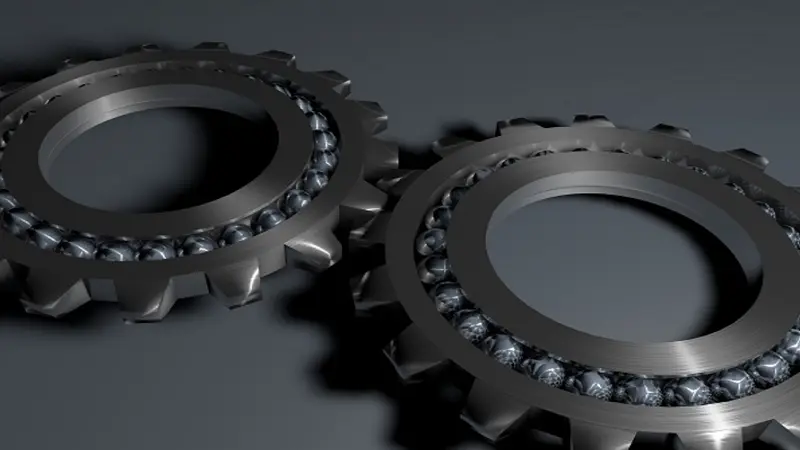Baseball, often referred to as America’s pastime, is a sport full of strategy, excitement, and a unique language all its own. For new fans and seasoned enthusiasts alike, understanding the terminology used in the game is crucial to truly appreciating what happens on the field. One of the terms you may come across is “SFFarebaseball”, a curious term that, while not widely known, appears to be a composite of two key concepts in baseball: SFF and Arefabaseball. In this article, we’ll explore the meaning behind these terms, delve into some of the most commonly used baseball vocabulary, and discuss the intricate language of the game, from pitches to fielding and beyond. Baseball Terms Sffarebaseball
What is SFF in Baseball?
To start, let’s first break down SFF, which is often an abbreviation for Split-Finger Fastball. The Split-Finger Fastball (SFF) is a type of pitch used by pitchers to confuse batters and generate weak contact. It’s one of the many specialized pitches that pitchers have in their arsenal. To throw a Split-Finger Fastball, a pitcher grips the baseball with their index and middle fingers split apart, creating a larger gap between the fingers. This grip causes the ball to drop suddenly as it nears the plate, making it harder for the batter to hit.
The Split-Finger Fastball is a devastating pitch, especially when thrown by a pitcher with great control. The key to its effectiveness lies in the sharp movement that occurs late in the pitch’s flight, often making batters swing at air or ground balls that are hit weakly. It’s not an easy pitch to master, but when executed correctly, it can be a game-changer.
The Role of “Arefa” and Baseball Terminology
While “Arefabaseball” might not be a widely recognized term in baseball lexicon, we can explore how it might relate to the broader vocabulary used within the sport. For the sake of this article, let’s take “Arefa” to represent a blend of “area” and “baseball,” referring to the specific zones on a baseball field, as well as how these areas relate to various elements of the game. Baseball Terms Sffarebaseball
In baseball, every position on the field has its own strategic purpose and the terminology around those areas is vast. The infield, outfield, and pitching mound all have distinct roles in how the game unfolds. Understanding the terms associated with these areas helps fans and players alike interpret the game better.
- Pitching Mound: The pitcher’s “office” is where every pitch begins. This raised area of dirt, located 60 feet 6 inches from home plate, is where the pitcher stands to deliver their throws.
- Infield: This is the area inside the diamond, where the bases are located. It consists of the pitcher’s mound, shortstop, second baseman, first baseman, and third baseman.
- Outfield: The area of the field beyond the infield, divided into left field, center field, and right field. Each outfielder is tasked with catching fly balls and making strong throws back to the infield.
Key Baseball Terms and Their Significance
Now that we’ve covered the potential meanings of “SFF” and “Arefabaseball,” it’s time to dive deeper into the core baseball terms that form the foundation of the game’s vocabulary. Whether you’re a first-time viewer or an experienced fan, these terms will enhance your understanding of the game.
1. Pitching Terms
Pitching is often regarded as the most important part of baseball. Here are some common terms used to describe the various pitches that a pitcher can throw:
- Fastball: The fastest type of pitch, usually traveling at speeds over 90 mph. There are variations, such as the Four-Seam Fastball and the Two-Seam Fastball, which differ in the way the pitcher grips the ball.
- Curveball: A pitch with a pronounced downward motion, created by snapping the wrist. It deceives the batter by starting high and diving low.
- Slider: Similar to the curveball but with a lateral movement. A slider moves quickly to the left or right, depending on whether it’s a right-handed or left-handed pitcher.
- Changeup: A slower pitch meant to trick the batter by appearing like a fastball but arriving much later. It’s typically thrown with the same arm speed as a fastball.
- Knuckleball: A rare and unpredictable pitch that is thrown without spinning, causing the ball to flutter erratically.
2. Hitting and Batting Terms
Batting is the heart of baseball. Here are some key terms associated with hitting:
- Home Run: A hit that travels out of the playing field (over the fence) without the ball touching the ground, earning the batter the maximum points—four bases.
- Strike: A pitched ball that the batter swings at and misses, or doesn’t swing at but the umpire deems within the strike zone.
- Ball: A pitch outside the strike zone that the batter does not swing at.
- Double: A hit that allows the batter to reach second base.
- Triple: A hit that allows the batter to reach third base.
- Walk: When the pitcher throws four balls outside the strike zone, allowing the batter to reach first base without swinging.
3. Fielding Terms
Infielders and outfielders need a solid understanding of the following terms to make sure they’re in the right position during a play:
- Double Play: A defensive maneuver where two outs are recorded on the same play.
- Triple Play: An even rarer occurrence where three outs are recorded on the same play, often involving an incredibly fast sequence of catches and throws.
- Catch: When a fielder catches a batted ball before it hits the ground.
- Tag: When a fielder touches a runner with the ball to record an out.
4. Game Play and Strategy Terms
Baseball strategy is as much about thinking as it is about physical skill. Below are some key terms related to the overall game: Baseball Terms Sffarebaseball
- Bunt: A method of hitting where the batter holds the bat still and lets the ball make contact with it, aiming to place the ball in a strategic area of the field.
- Sacrifice Fly: A type of fly ball that allows a runner to score after being caught, commonly used to advance runners in scoring position.
- Pinch Hitter: A substitute batter who is brought in to replace a player who is not performing well at the plate.
- Bullpen: The area where relief pitchers warm up before entering the game.
5. Base Running Terms
When players are on base, they must navigate the diamond effectively, and these terms reflect the key movements they can make:
- Steal: When a runner advances to the next base while the pitcher is in the process of delivering the ball.
- Lead-off: The distance a base runner takes from the base before attempting to steal.
- Pick-off: A throw from the pitcher to the base to try to catch a runner off guard and tag them out.
The Role of Umpires and Their Terminology
Umpires, the game’s referees, have their own set of terms. Their decisions are final, and understanding their vocabulary is essential for both players and fans:
- Strike Zone: The area over the plate where a pitch must pass for it to be called a strike. The strike zone is generally between the batter’s knees and midsection.
- Safe: A call made when a runner reaches a base without being tagged or forced out.
- Out: A call when a batter or base runner is retired through various methods, such as being caught or tagged out.
Baseball Glossary
Here’s a quick reference list of some more key baseball terms:
- Error: A mistake made by a fielder that allows a batter or runner to reach a base when they should have been out.
- Pitch Count: The number of pitches thrown by a pitcher during a game.
- Walk-Off: A hit or play that ends the game in favor of the home team.
- Golden Sombrero: When a batter strikes out four times in a game.
Conclusion
Whether you’re trying to get familiar with the Split-Finger Fastball (SFF) or looking to better understand baseball’s rich terminology, the game’s lexicon is deep, varied, and full of nuance. Every term, from the names of different pitches to the strategic plays on the field, plays a role in the overall experience of watching or playing the game. And for newcomers, embracing these terms can open up a new world of appreciation for America’s favorite pastime.
While SFFarebaseball may not be an established term in the sport, the combination of SFF (Split-Finger Fastball) and Arefa (perhaps symbolizing areas of the game) provides a jumping-off point for deeper exploration into the sport’s intricate language. With this understanding, you’ll be able to enjoy the game on a whole new level, no longer just as a spectator but as someone who can speak the language of baseball fluently. Baseball Terms Sffarebaseball
Whether you’re at a ballpark or watching from home, this deeper appreciation of baseball terminology will allow you to enjoy the sport with a richer understanding, appreciating the strategies, skills, and history that come with it. Baseball Terms Sffarebaseball






